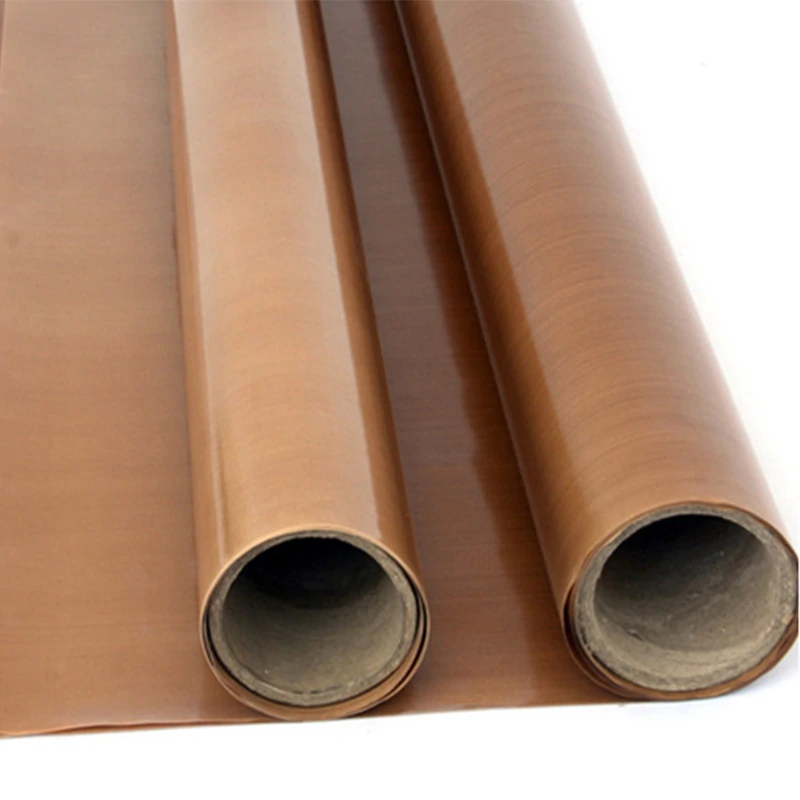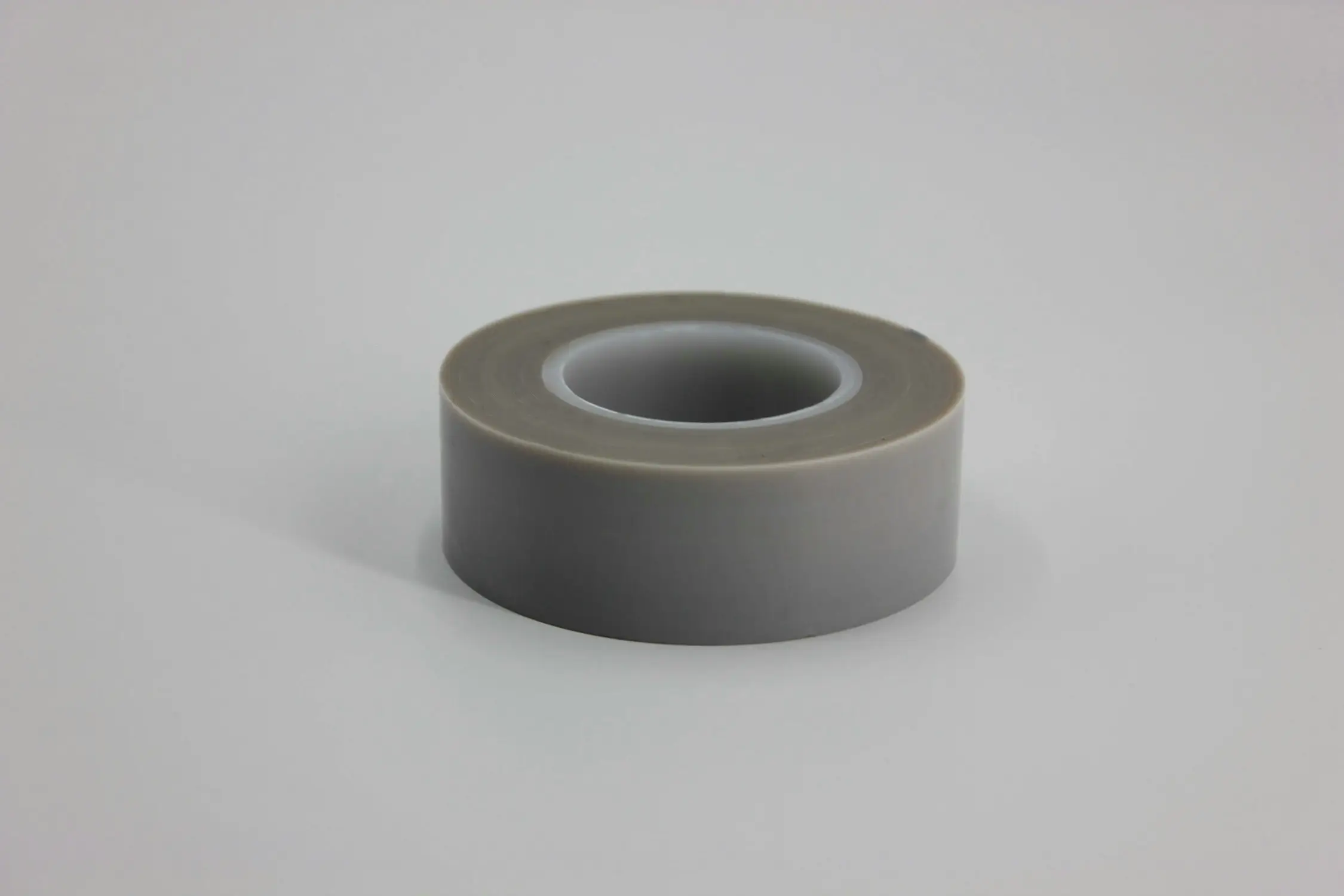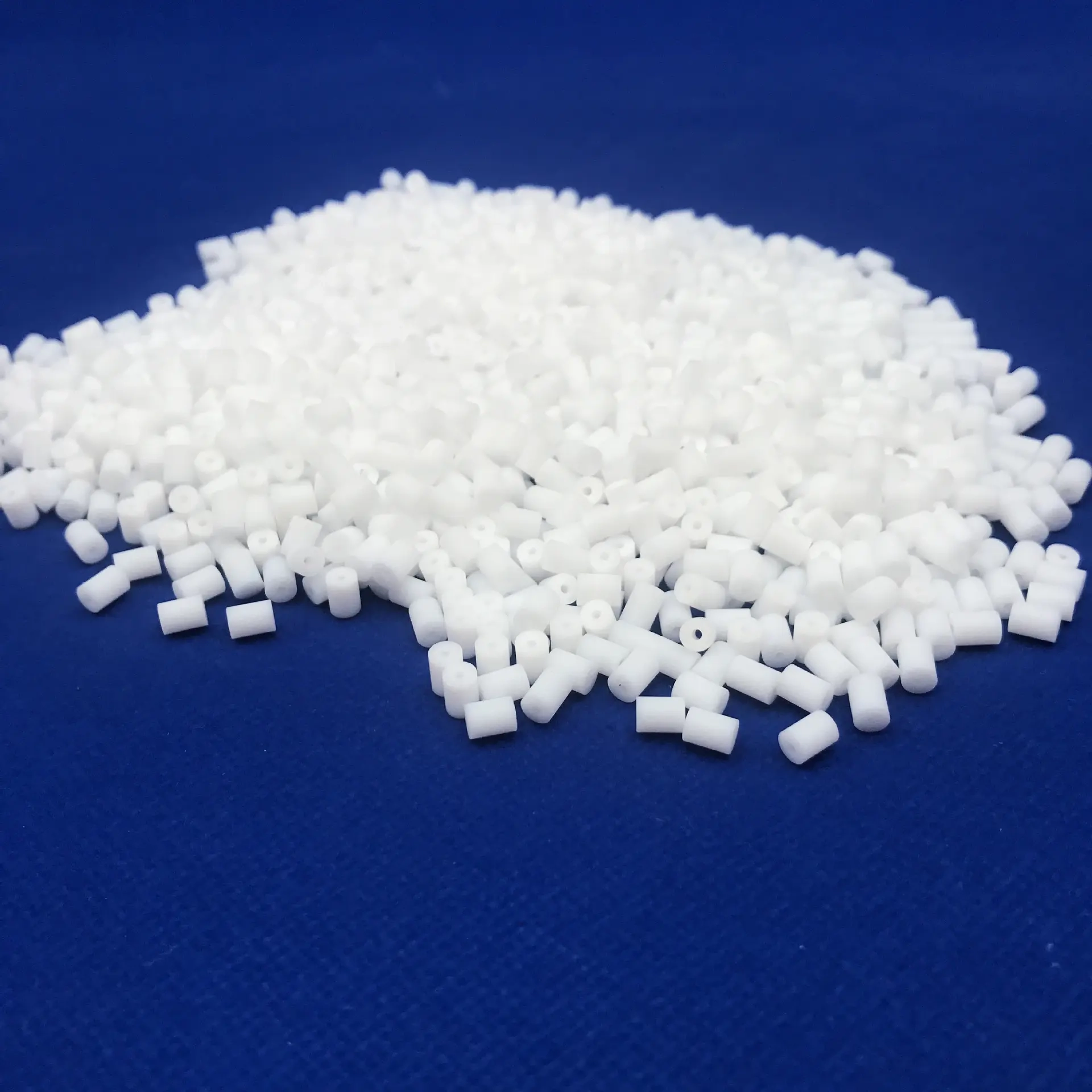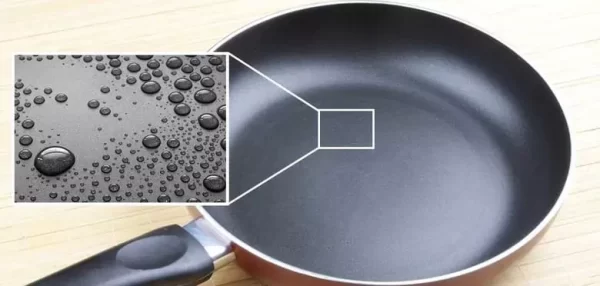When choosing suitable materials for applications that require flame resistance, the debate often arises between PVC and Teflon. Both materials have their properties and advantages, making it essential to understand their differences to make an informed decision. In this article, we will explore the flame retardancy of PVC and Teflon, examining their essential characteristics and performance in high-temperature environments.
Flame Resistance and Propagation

Flame resistance is a crucial factor to consider, especially in applications where fire hazards are present. PVC, or polyvinyl chloride, is known for its flame resistance. It has self-extinguishing properties, meaning that it will not continue to burn after the ignition source is removed. However, it is essential to note that PVC can release toxic gases when exposed to high temperatures, threatening human health and safety.
On the other hand, Teflon, also known as polytetrafluoroethylene (PTFE), offers exceptional flame resistance. It has a high resistance to flame propagation, making it suitable for applications where fire prevention is critical. Teflon is also known for its low smoke emission and toxicity, ensuring a safer environment during a fire.
Heat Resistance and High Temperatures

Another essential consideration is heat resistance, especially when dealing with high temperatures. PVC has a relatively lower heat resistance compared to Teflon. It can typically withstand temperatures up to 60 to 70 degrees Celsius (140 to 158 degrees Fahrenheit) before it starts to degrade. Beyond this point, PVC may lose its mechanical and electrical properties, compromising its performance.
Teflon, on the other hand, exhibits exceptional heat resistance. It can withstand much higher temperatures, with some grades capable of maintaining their properties even at temperatures exceeding 250 degrees Celsius (482 degrees Fahrenheit). This makes Teflon ideal for applications requiring extreme heat and high-temperature resistance.
Flame Retardancy and Dielectric Strength
In terms of flame retardancy, Teflon takes the lead over PVC. Teflon’s inherently flame-resistant properties make it an excellent choice for applications where fire safety is a top priority. It has a high dielectric strength and can withstand high voltages without electrical breakdown. This makes Teflon a popular choice for various electrical and electronic applications where insulation integrity is crucial.
While flame resistant, PVC may not have the same level of inherent flame retardancy as Teflon. However, it does offer good dielectric strength, making it suitable for many electrical applications. The choice between PVC and Teflon in electrical applications often depends on the specific requirements of the project and the desired level of flame resistance.
In comparing PVC and Teflon regarding flame retardancy, heat resistance, and high-temperature performance, it is clear that Teflon emerges as the superior choice. Its exceptional flame resistance, high dielectric strength, and ability to withstand higher temperatures make it a reliable and safe option for various applications.
When selecting the suitable material for your project, it is essential to consider the specific requirements, environmental factors, and safety considerations. Consulting with experts in the field and considering the particular needs of your application will help you make an informed decision that will make the right decision to perform flame retardancy and safety.
Choose Teflon, choose peace of mind, and ensure the highest level of flame retardancy for your critical applications.
Aokai is a professional manufacturer of PTFE coating materials, we provide products including PTFE fabrics, PTFE tapes, PTFE conveyor belts, etc., go to our product center to learn more, or get in touch with our team, we are very happy to provide you help.







